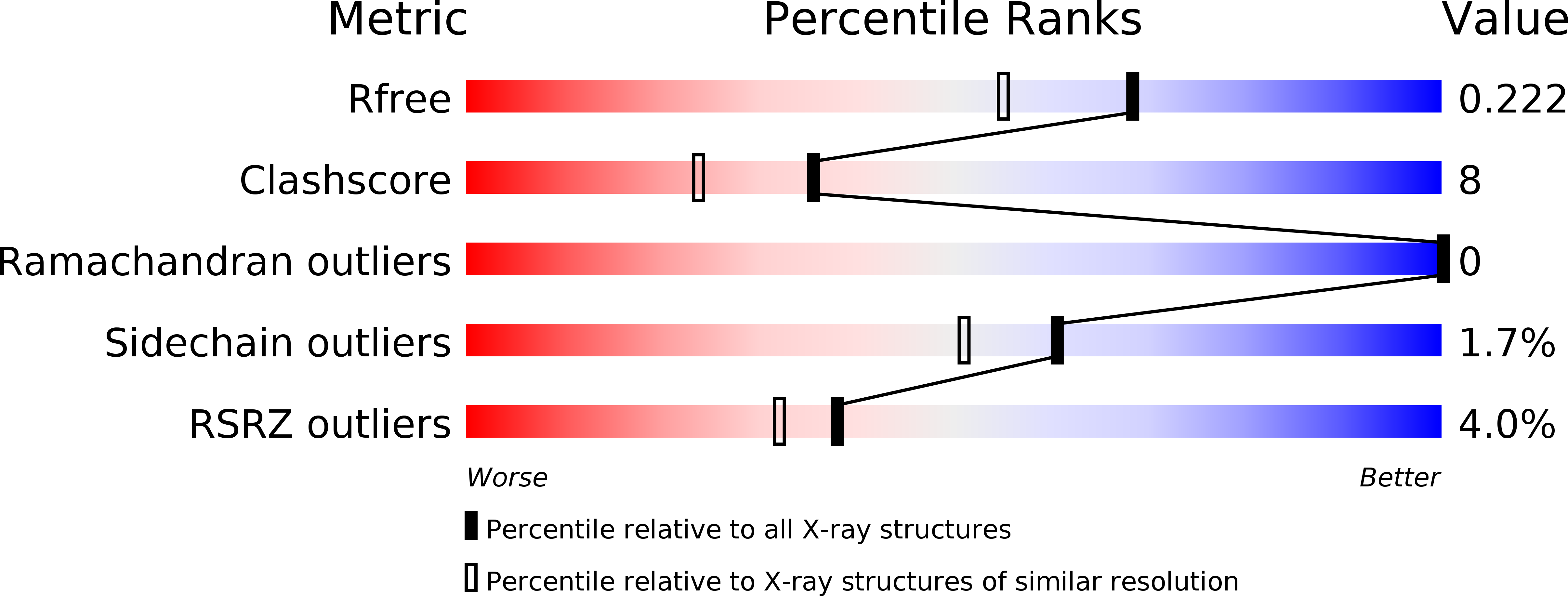
Deposition Date
2009-08-28
Release Date
2009-12-22
Last Version Date
2024-10-16
Entry Detail
PDB ID:
3A6B
Keywords:
Title:
Crystal Structure of HyHEL-10 Fv mutant LN32D complexed with hen egg white lysozyme
Biological Source:
Source Organism:
Mus musculus (Taxon ID: 10090)
Gallus gallus (Taxon ID: 9031)
Gallus gallus (Taxon ID: 9031)
Host Organism:
Method Details:
Experimental Method:
Resolution:
1.80 Å
R-Value Free:
0.22
R-Value Work:
0.19
R-Value Observed:
0.19
Space Group:
P 41 21 2


